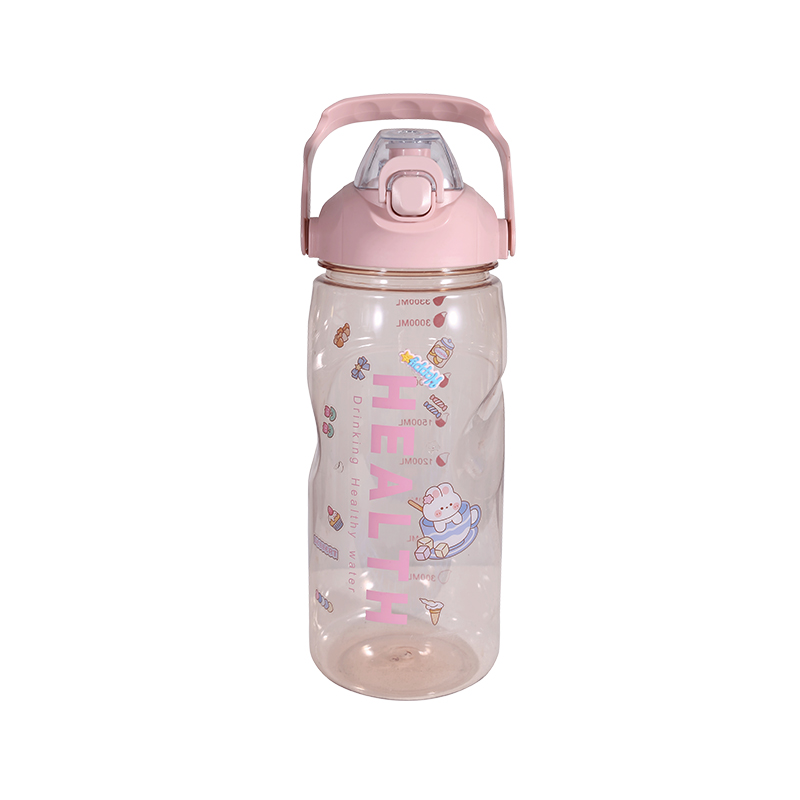Introduction to Capacity and Leak-Proof Performance
Leak proof plastic water bottles have become indispensable for consumers looking for reliable hydration solutions that prevent spills and leaks. These bottles come in a variety of capacities, ranging from small personal sizes to large containers for extended use. While the fundamental leak-proof design principles remain consistent, the capacity of a bottle can influence its leak resistance in several ways. This article explores how different sizes of leak proof plastic water bottles affect their ability to prevent leakage, as well as factors consumers should consider when selecting the right capacity.

Structural and Design Differences Across Capacities
The capacity of a water bottle generally correlates with its physical dimensions, including height, diameter, and volume. Larger bottles typically have wider mouths and longer necks, which can pose challenges for maintaining a secure seal. Conversely, smaller bottles have more compact openings that make it easier to apply uniform pressure on the sealing gaskets. Manufacturers must adapt the design of caps, threads, and sealing elements to accommodate these size differences while ensuring reliable leak resistance across the range.
The Role of Cap and Seal Size in Leak Prevention
In larger capacity bottles, the size of the cap and sealing surface increases proportionally. This enlargement means that the sealing gasket must cover a bigger area, which can introduce more potential points of failure if not engineered properly. Achieving uniform compression around a larger circumference requires precision in both material selection and manufacturing. Smaller bottles benefit from simpler, smaller seals that tend to maintain uniform pressure more easily, often resulting in inherently better leak-proof performance under comparable conditions.
Material Flexibility and Durability Variations
Different bottle sizes may also use varying thicknesses of plastic to maintain structural integrity. Larger bottles must resist greater internal pressures when filled, which can cause subtle warping or deformation over time. Such deformation can compromise the fit between the cap and neck, causing leaks. Smaller bottles, being more compact and rigid, often face less mechanical stress, allowing seals and caps to perform consistently. Selecting high-quality plastics and reinforced neck designs in larger bottles is essential to offset these risks.
Influence of Usage Scenarios and Handling
The way bottles are used tends to vary with their size, influencing leak performance. Larger bottles are often used for outdoor activities, sports, or group hydration, where rough handling or frequent movement is common. This increases the chances of accidental impacts or loosening of caps. Smaller bottles, typically used for individual hydration, might experience more controlled handling but frequent opening and closing. Both scenarios require leak-proof designs to account for real-world usage patterns, but larger bottles generally face harsher conditions demanding more robust sealing mechanisms.
Impact of Internal Pressure and Liquid Dynamics
The volume of liquid inside a bottle affects internal pressure, especially when temperature fluctuations occur or when bottles contain carbonated beverages. Larger bottles, due to the greater volume of liquid, may experience higher pressures that stress seals more intensely. This can cause leakages if the design does not compensate with stronger seals or pressure relief features. Smaller bottles, holding less liquid, tend to have lower internal pressure dynamics, which can help maintain better leak-proof integrity.

 English
English 中文简体
中文简体 Español
Español